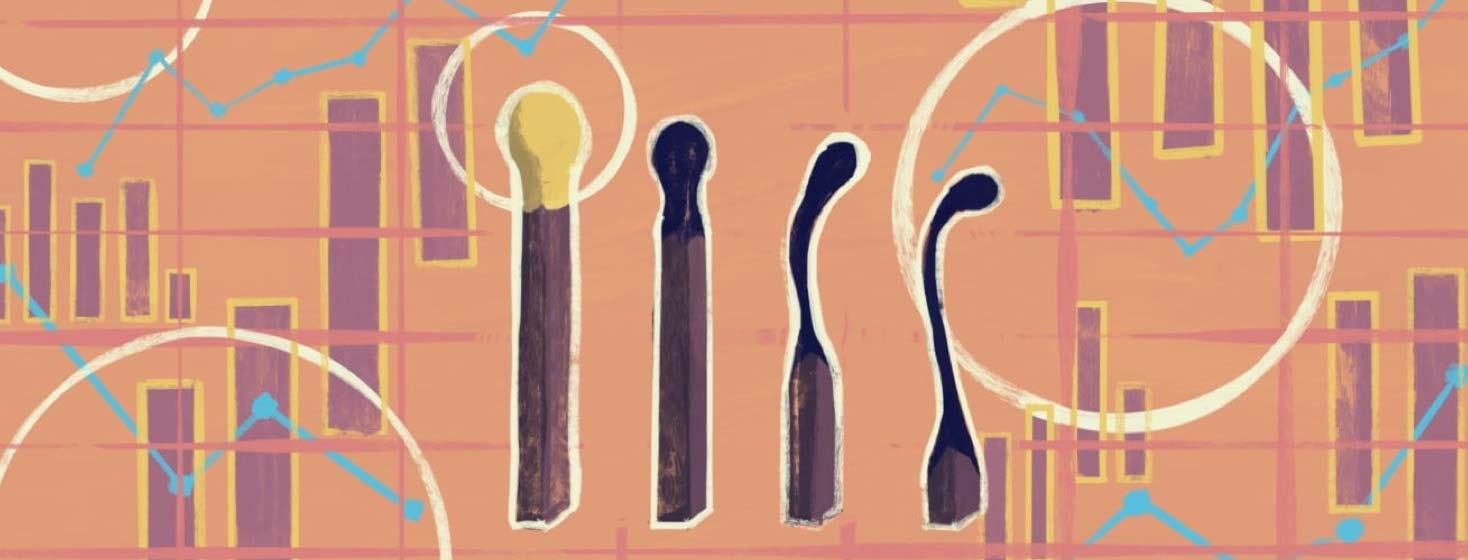Staging for COPD
Getting a COPD diagnosis is downright scary. So many emotions and questions go through your head and trying to make sense of it all seems like an impossible feat.
One question I am asked a lot by newly diagnosed COPD patients is to explain the staging of the disease. Often times a doctor will give the diagnosis of COPD but not go further than that. In the past, doctors would diagnose COPD based on simple spirometry alone. The lower your score on the breathing test, the worse your COPD was.
In 1997 the Global Initiative for Chronic Obstructive Lung Disease (GOLD) came up with new guidelines for diagnosing and staging COPD. The guidelines combined spirometry, symptoms and exacerbations to diagnose and stage the disease.
Staging COPD
I wanted to take some time to explain the 4 COPD stages and how each is diagnosed. Before I go too in-depth, here are a few definitions that will be helpful to know.
FEV1 stands for Forced Expiratory Volume in the first second. This is the amount (volume) of air that can be forced out in the first second after taking as deep of a breath as you can. Think of it like you're blowing out a ton of candles on a birthday cake all in one fast deep breath.
FVC is the Forced Vital Capacity. This is the amount of air that can be forcibly exhaled out of the lungs after taking as deep of a breath as possible. The maneuver to obtain this measurement is the same as FEV1, and both the FEV1 and FVC can be measured in the same breath/maneuver.
The ratio of FEV1/FVC represents the proportion of your vital capacity (deep breath) that you can blow out in the first second of forced expiration (blowing out hard & fast) to the full vital capacity.
The four stages of COPD
With all 4 stages, the FEV1/FVC ratio needs to be below 70% predicted to be accurately diagnosed and staged properly.
GOLD stage 1
Mild COPD. In this stage, the FEV1 will be greater than or equal to 80% predicted. Many people in stage one aren't aware they even have COPD because the symptoms are mild and not usually bothersome. Often the first symptoms of COPD are coughing and increased mucus production.
GOLD stage 2
Moderate COPD. In this stage the FEV1 will be between 50% and 80% predicted. Symptoms are more noticeable and progressing downward. Shortness of breath, especially on exertion develops. Increased mucus production as well as finding it more difficult to expel. Coughing frequency increases and becomes more persistent. Most people are diagnosed at stage 2.
GOLD stage 3
Severe COPD. In this stage, the FEV1 will be between 30% and 50% predicted. Shortness of breath becomes more prominent in this stage, and normal daily activities tend to become increasingly difficult. COPD exacerbations (flare-ups) are commonly seen at the beginning of this stage often requiring hospitalization. Supplemental oxygen is often times needed at this stage.
GOLD stage 4
Very Severe COPD. In this stage the FEV1 is less than 30% predicted OR FEV1 is less than 50% with chronic respiratory failure. Supplemental oxygen is required to maintain adequate oxygenation, and exacerbations can be life-threatening. Quality of life is severely impacted.
While there is no cure for COPD, there are many treatments to help slow the progression of the disease. Having a support system is also very important. No matter what stage of COPD you are in, know that you are not alone.

Join the conversation